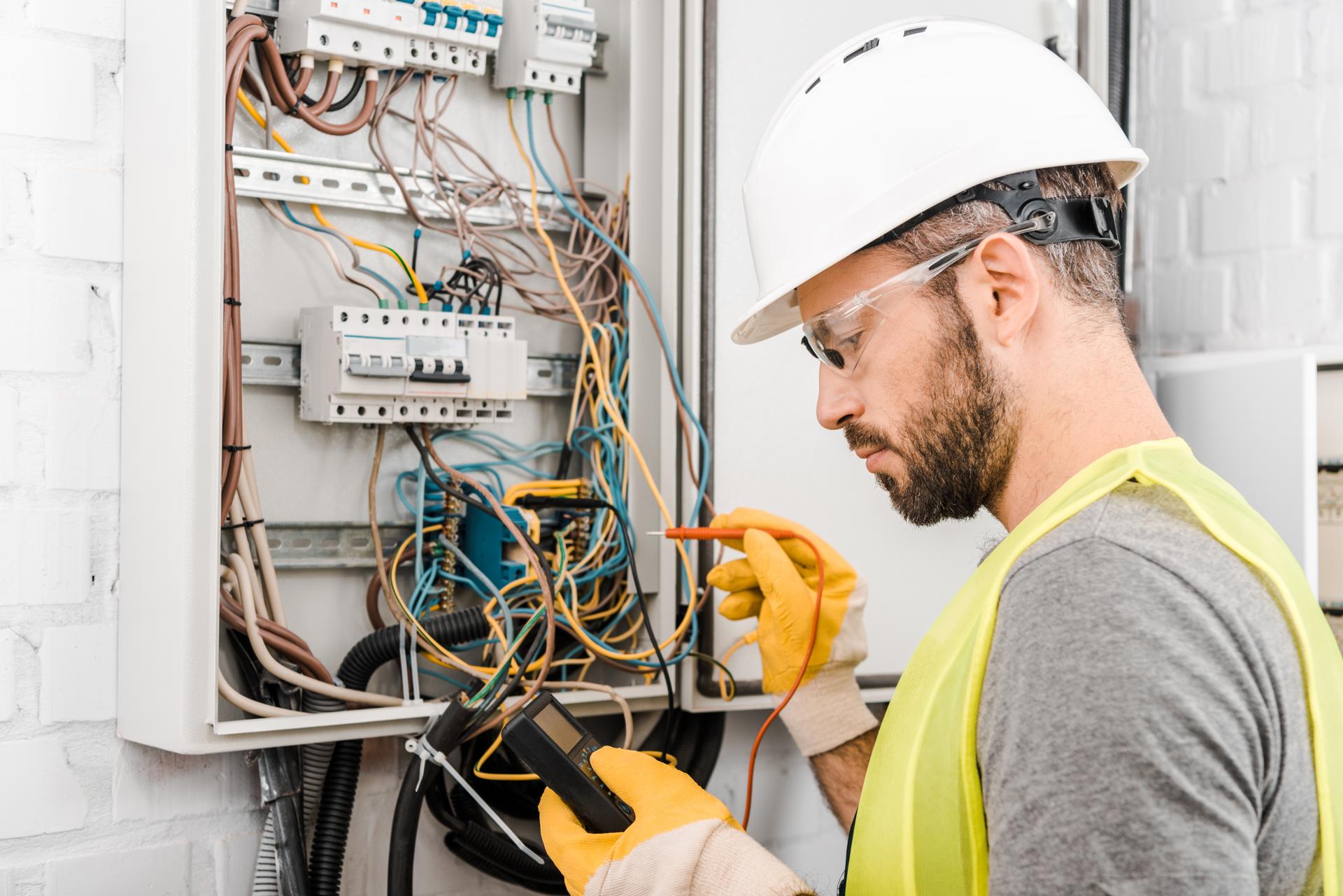How Electrical Wiring Functions Inside Your Home: An Exhaustive Overview

Electricity is an essential component of our lives, powering everything from the lights in our homes to the appliances that we use each day. But electric systems may be complex, making it difficult to understand how they work can be difficult. In this article, we’ll break down the elements of an electrical system, and describe how circuits function to power devices and appliances. Our residential electricians can handle any electrical jobs you need.
The components of an electrical system
A home’s electrical system includes a number of key components that work together to deliver power throughout a home. This includes:
Breaker box: the main source of electrical power in homes, where the electricity is divided into several circuits
Outlets and switches: the points where electricity is delivered to appliances and devices
Wiring: the electrical wires that transmit electricity from the breaker box to outlets and switches
Electronic appliances and gadgets: appliances and gadgets that rely on electricity to function
Electrical Circuits
An electrical circuit is a path that allows electricity to flow from the main source (the the breaker box) to appliances and devices within the home. There are two kinds of electrical circuits in a home: 120-volt circuits and circuits that are 240-volts. 120-volt circuits are employed for most household devices and appliances, while 240-volt circuits are used for larger appliances like dryers and air conditioners.
Electrical circuits work by creating an electrical loop that allows power to be transferred from the source to the device or appliance. The loop consists of a hot wire that transports the power and a neutral wire which completes the circuit and the ground wire which provides a path for electricity to reach the ground in the event the fault occurs.
Understanding Electrical Wiring
Electrical wiring is available in a variety of kinds, such as non-metallic sheathed wire (NM) as well as armored cables (AC) and conduit. Each type has its own advantages and disadvantages and the selection of the type of wiring is based on the specific needs that the location requires.
Wiring conducts electricity through a flow of electrons that travel through the wire. The electrons travel through the wire from source, to appliance or device returning to the source via the neutral wire. It’s essential to ensure that the wiring is installed and maintained in a correct manner, as defective wiring could lead to electrical dangers like shocks and fires.
Common Electrical Issues
The most frequent electrical problems found that homeowners face include tripping the light bulbs, flickering breakers and electrical outlets that are not working. These problems can be caused due to a variety of reasons such as overloading circuits broken connections, and defective wiring.
If you’re experiencing any of these issues it’s crucial to pinpoint the cause and take appropriate action to fix the problem. In some cases it may be necessary to contact an accredited electrician to look over and fix the wiring.
Concluding as well as a Call to Action
Understanding how electrical wiring operates is crucial for ensuring the safety and security of your home’s electrical system. If you follow the rules laid out in this document and you will be able to remain secure and avoid potential dangers.
If you have any concerns or questions regarding your home’s electrical system Don’t hesitate to reach out to Local Electrician Doncaster. Our licensed electricians has the experience and knowledge to handle all your electrical requirements. Contact us by phone at 1300 933 820 to schedule a consultation.
FAQ
What are the indicators of an electrical wiring issue?
Signs of defective electrical wiring may include tripping breakers flickering lights, or dead outlets, among others.
When should I schedule the electrical system of my house checked?
It’s recommended that you ensure that your electrical system is checked by an accredited electrician every 10 years.
What is the expected lifespan of wiring that is electrical?
The life span of electrical wiring depends on several factors, including the type of wiring, the setting it’s placed in, as well as the quality of the installation. In general, most electrical wiring will last for at least 30-years or longer with the proper installation and maintenance.
Do I need to fix electrical issues myself , or do I need to hire an electrician?
While some electrical problems can be fixed by homeowners, it’s advised that you employ a licensed electrician for most electrical repairs. If you attempt to fix electrical issues without proper training and experience can be dangerous and can result in damage or injury to your home.
What should I do if have an electrical issue in my home?
If you encounter an electrical problem the first step is to turn off power to the affected area by shutting off the fuse or breaker. Contact an accredited electrician to inspect and repair the problem as quickly as possible.
If you follow these tips By following these rules, you can ensure security and reliability of your electrical system in your home and reduce any potential dangers. Be aware that when you need repairs to your electrical system as well as installations, it’s best to leave it to the experts. Call Local Electrician Doncaster at 1300 933 820 to discuss all of your electrical requirements.
